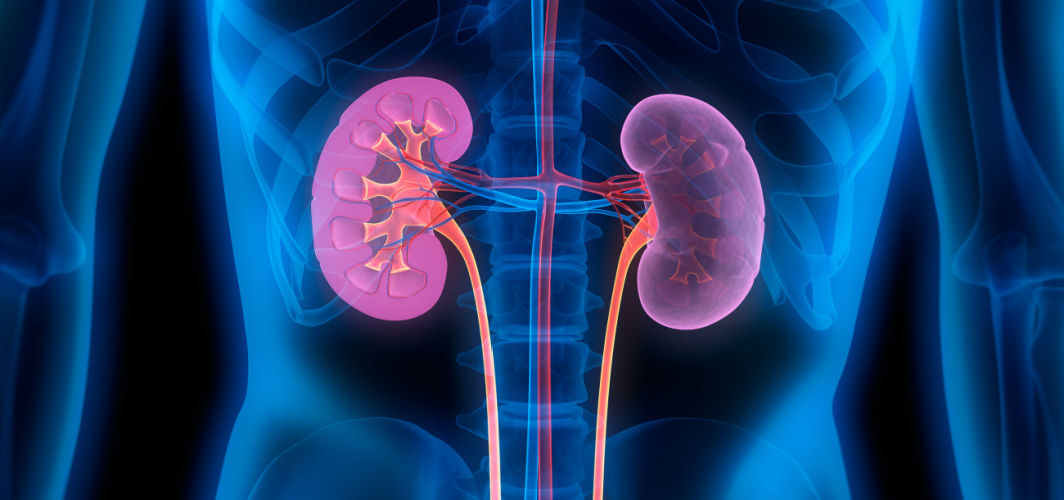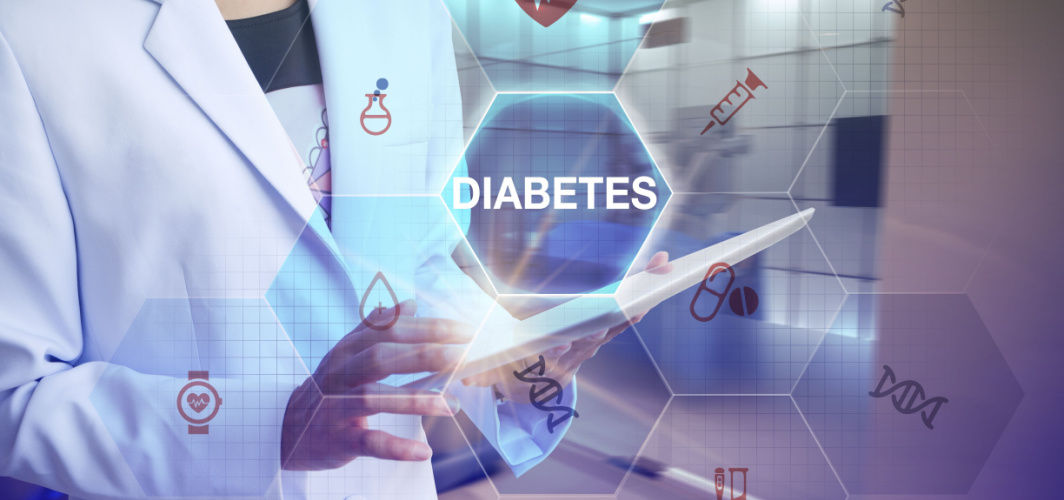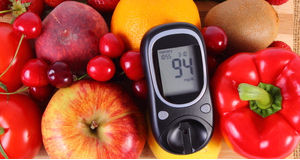Diabetes Management
What is prediabetes and can it be reversed?
4 min read
By Apollo 24/7, Published on - 04 November 2020, Updated on - 30 August 2023
Share this article
0
1 like

What is prediabetes?
What are the signs and symptoms of prediabetes?
What causes prediabetes?
Researchers are not sure of the exact cause for the insulin regulation process to become impaired. A few contributing factors include:
- Being overweight and having excess fat around the abdomen increases the risk for prediabetes because the extra fat tissue can make the body more insulin resistant. A large waist size of more than 40 inches in men and 35 inches in women is linked to insulin resistance.
- Lack of physical activity increases the risk of prediabetes. Being active helps manage weight, improves glucose control, and helps in utilizing insulin more effectively.
- The risk of prediabetes increases if there is a history of type 2 diabetes in the family (parent or sibling).
- Though diabetes can occur at any age, the risk of developing prediabetes increase after 45 years of age.
- Gestational diabetes (diabetes during pregnancy) increases the risk of developing prediabetes for the mother. It also increases the child’s future diabetes risk.
- People with polycystic ovary syndrome, a condition characterized by obesity, irregular menstruation cycles, and excessive hair growth in women, have a higher risk of prediabetes.
- Sleep disorders such as obstructive sleep apnea increase the risk of prediabetes.
- Smoking can be a factor that causes prediabetes, as nicotine is linked to increased insulin resistance.
Additionally, when health problems like high blood pressure, low HDL (good) cholesterol, and high triglycerides (a type of fat) occur along with obesity, they are associated with insulin resistance, which can trigger prediabetes.
Can prediabetes be reversed?
How can prediabetes be reversed?
- Reducing weight – Even a modest weight loss of about 5% to 7% can significantly improve blood glucose control and reverse prediabetes.
- Increasing physical activity – Moderate activity of at least 150 minutes per week, which is 30 minutes for 5 days a week, is recommended to keep type 2 diabetes at bay.
- Consuming a healthy diet - A diet that includes whole grains, fruits, vegetables, and healthy fats; and eating regularly scheduled meals throughout the day can also prevent type 2 diabetes.
- Reducing stress
- Quitting smoking
- Limiting alcohol intake
Conclusion
Diabetes Management
Consult Top Diabetologists
View AllLeave Comment
Recommended for you

Diabetes Management
Managing Diabetic Neuropathy: Tips For Relieving Pain and Discomfort
Diabetic neuropathy is a complication of diabetes. It occurs when high blood sugar levels damage the small blood vessels that supply oxygen and nutrients to the nerves and cause pain, numbness and tingling in the feet, legs and hands.

Diabetes Management
Diabetic Nephropathy: Are Your Kidneys At Risk?
Diabetic nephropathy is a serious complication of prolonged diabetes that can lead to kidney damage and even kidney failure. Diabetics need to be aware of their risk of developing diabetic nephropathy and take steps to prevent it.

Diabetes Management
Innovations That Are Making Living With Diabetes Easier
Advancements in science and technology have revolutionised diabetes care, introducing innovations that simplify the lives of individuals with diabetes. CGM systems provide real-time blood sugar data, enhancing control and reducing hypoglycemic episodes. Insulin pens and pumps offer precision and convenience, while artificial pancreas systems automate insulin delivery based on glucose levels. Telehealth and diabetes apps enable remote monitoring and personalised guidance. Additionally, advanced insulin formulations improve post-meal blood sugar control. These innovations empower individuals to manage their condition more effectively, enhancing their overall quality of life.
Subscribe
Sign up for our free Health Library Daily Newsletter
Get doctor-approved health tips, news, and more.
Visual Stories

8 Fruits That are Incredibly Healthy for Diabetes
Tap to continue exploring
Recommended for you

Diabetes Management
Managing Diabetic Neuropathy: Tips For Relieving Pain and Discomfort
Diabetic neuropathy is a complication of diabetes. It occurs when high blood sugar levels damage the small blood vessels that supply oxygen and nutrients to the nerves and cause pain, numbness and tingling in the feet, legs and hands.

Diabetes Management
Diabetic Nephropathy: Are Your Kidneys At Risk?
Diabetic nephropathy is a serious complication of prolonged diabetes that can lead to kidney damage and even kidney failure. Diabetics need to be aware of their risk of developing diabetic nephropathy and take steps to prevent it.

Diabetes Management
Innovations That Are Making Living With Diabetes Easier
Advancements in science and technology have revolutionised diabetes care, introducing innovations that simplify the lives of individuals with diabetes. CGM systems provide real-time blood sugar data, enhancing control and reducing hypoglycemic episodes. Insulin pens and pumps offer precision and convenience, while artificial pancreas systems automate insulin delivery based on glucose levels. Telehealth and diabetes apps enable remote monitoring and personalised guidance. Additionally, advanced insulin formulations improve post-meal blood sugar control. These innovations empower individuals to manage their condition more effectively, enhancing their overall quality of life.